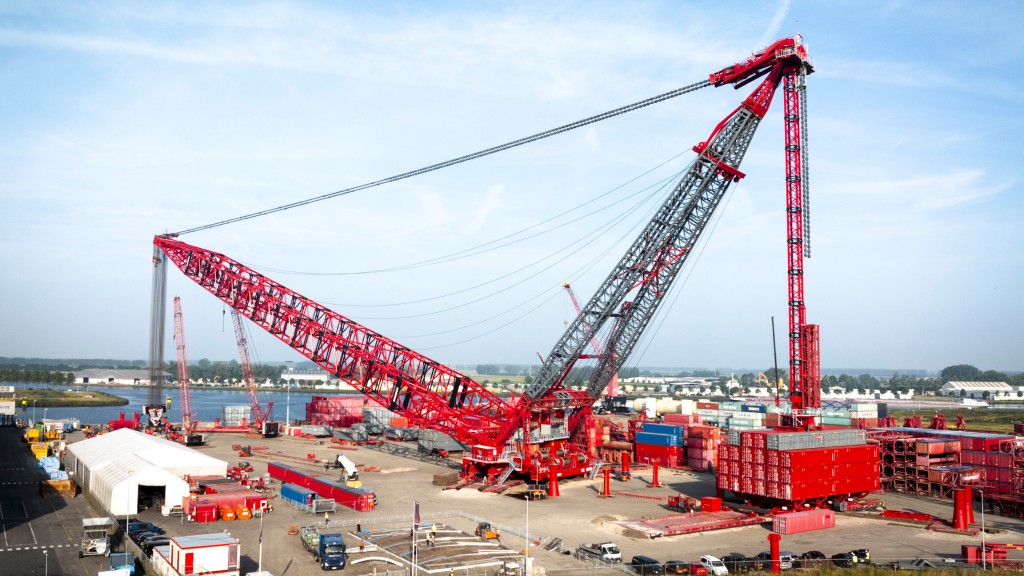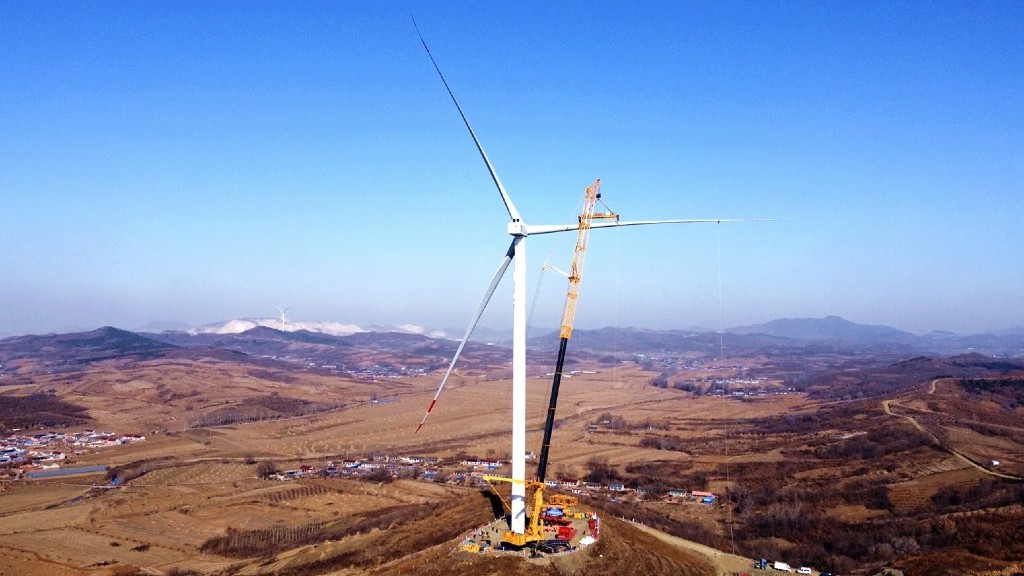World's strongest land-based crane has a maximum capacity of 6,000 tonnes
Mammoet launches the SK6000 ring crane

Mammoet has launched the world's strongest land-based crane, the SK6000.
As populations grow, so do our energy needs. The SK6000 allows large energy and infrastructure projects to build from bigger pieces, in parallel – reaching first power sooner, and more cost-effectively.
The SK6000 has a key role in offshore wind, where the fast growth of components in recent years has led to supply chain issues. Lifting 3,000 tonnes to a height of 220 metres, the SK6000 ensures that wind farms in the planning phase can be safely executed and delivered in the future.
In the oil and gas sector, the SK6000 delivers reduced integration times to offshore floating projects, while onshore new build and expansion projects can be delivered with increased uptime. Both scopes then benefit from modular construction techniques that allow critical path components to be simultaneously built offsite anywhere in the world, before transporting to the site ahead of installation.
As more new-build nuclear plants are greenlit, the SK6000 helps the sector to benefit from similar tried-and-tested construction methodologies – helping projects to reach completion sooner and deliver low-carbon energy to communities.
The SK6000 has a maximum capacity of 6,000 tonnes, utilizing 4,200 tonnes of ballast to lift with a maximum ground-bearing pressure of 30 tonnes per square metre. The crane design uses containerization techniques for ease of deployment and can be transported using shipping containers to any location.
It also offers full electric power capability from battery or supply from the grid, allowing customers to reduce the carbon impact of projects significantly.
"This crane is truly a world record feat of engineering, with a production schedule to match", said Gavin Kerr, director of global services at Mammoet. "Hundreds of colleagues have been directly involved with its development across the business."
The SK6000 is currently undergoing testing at Mammoet's Westdorpe facility in the Netherlands, ready for deployment to its first project later in the year.



